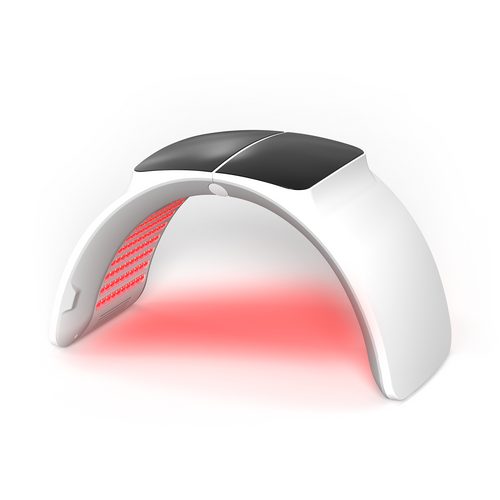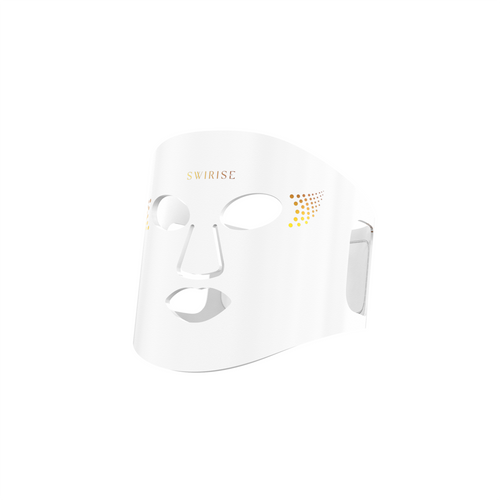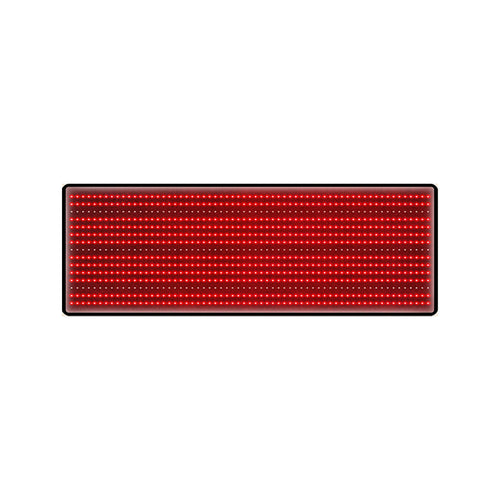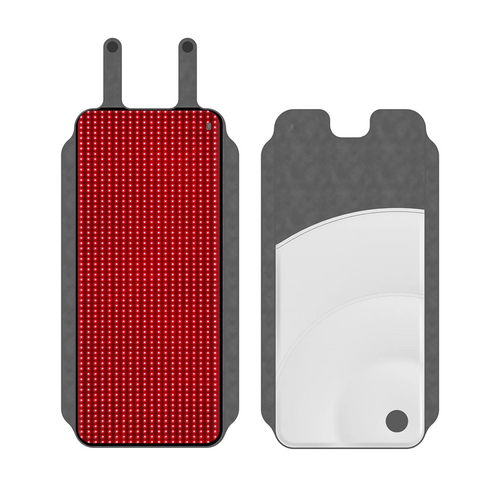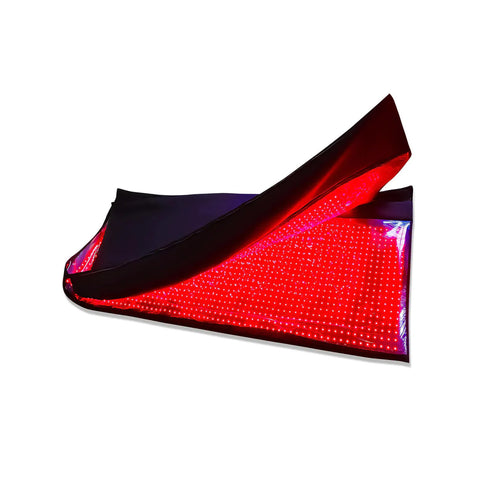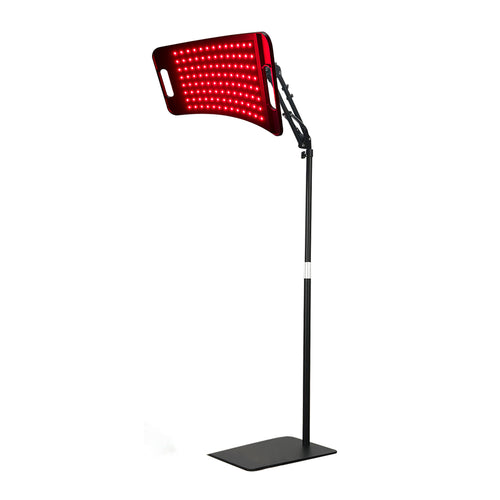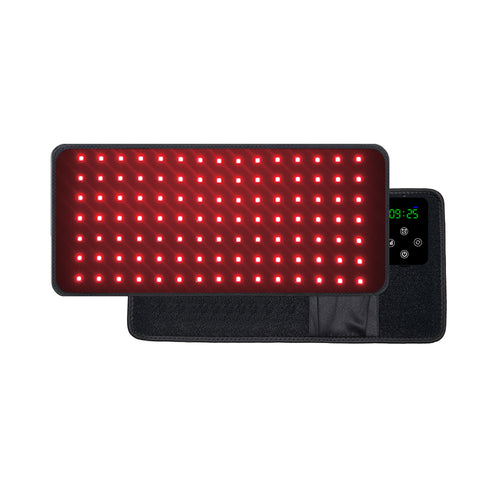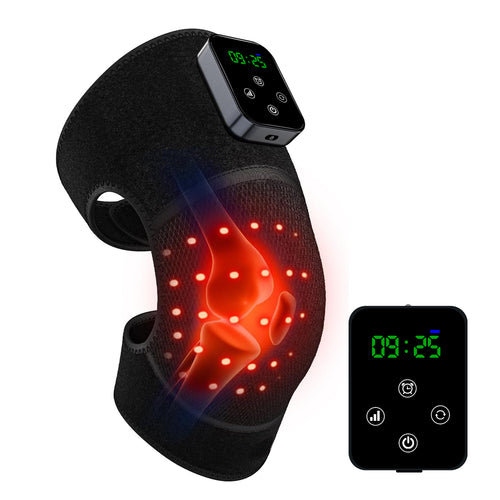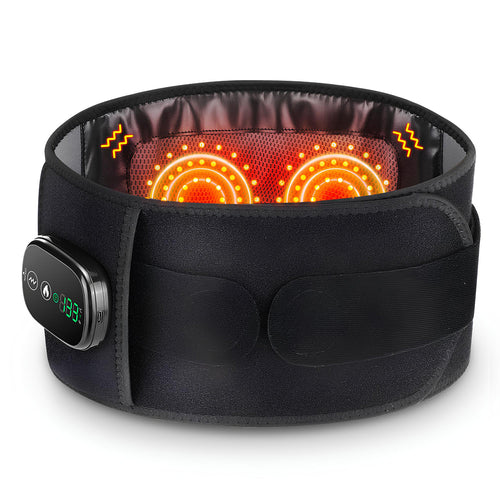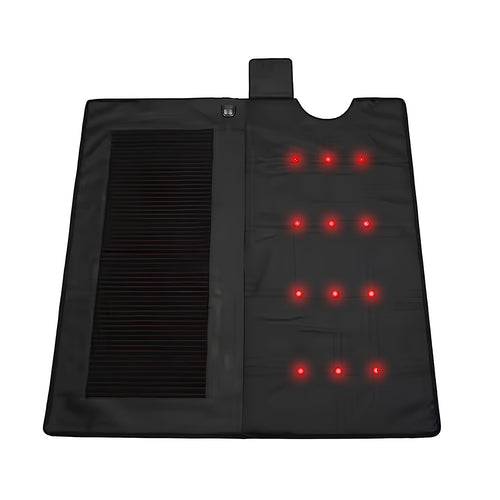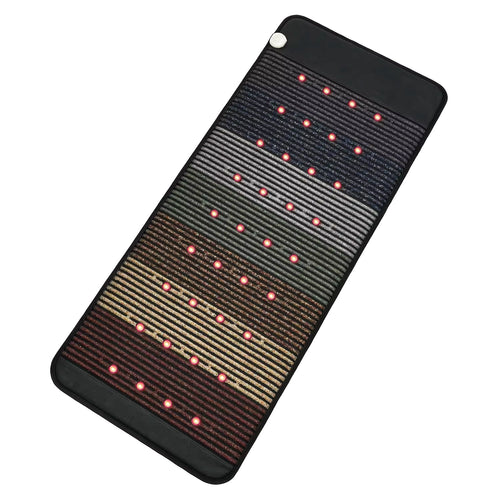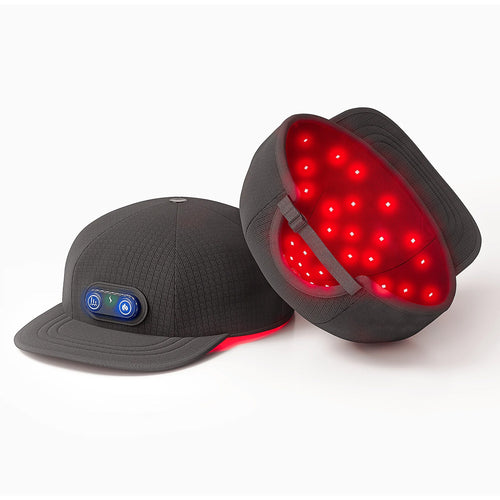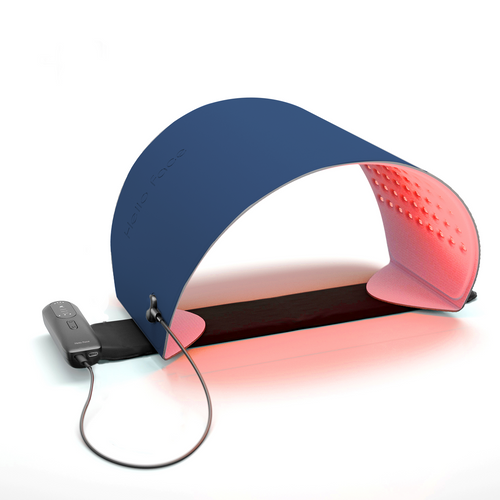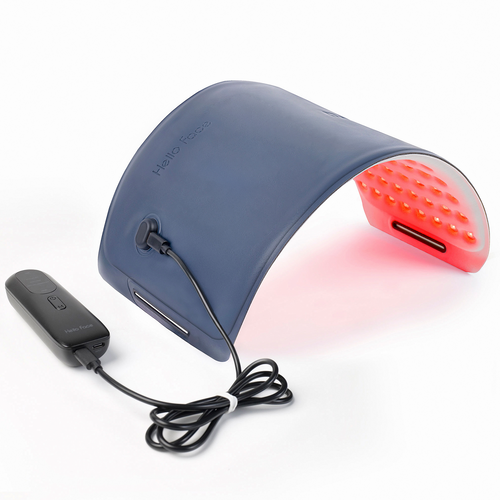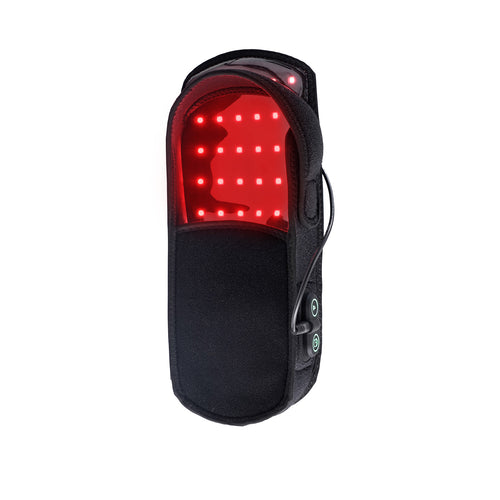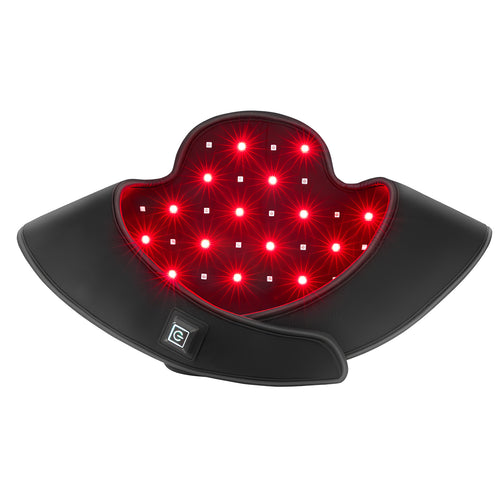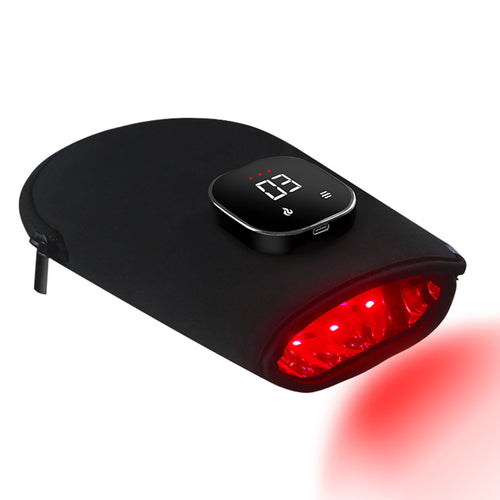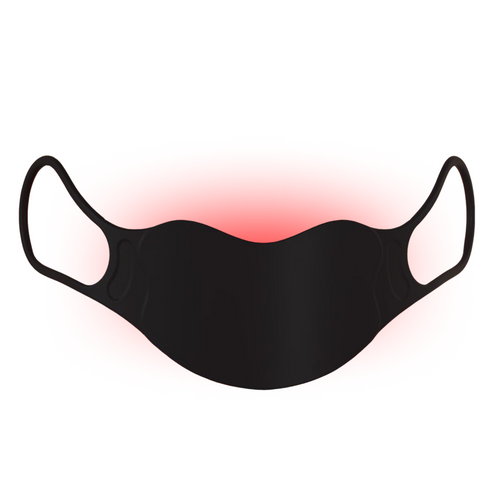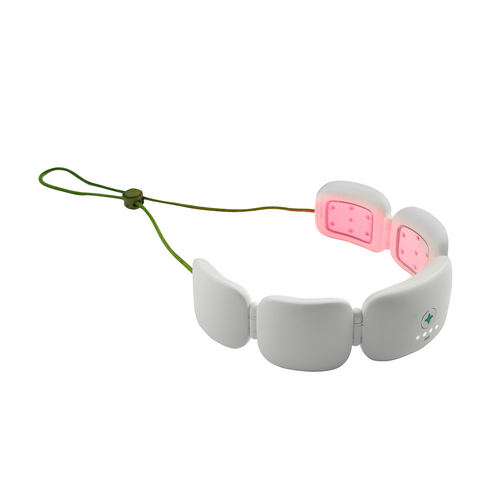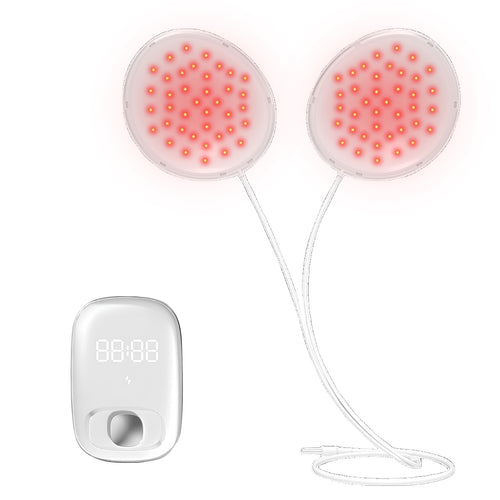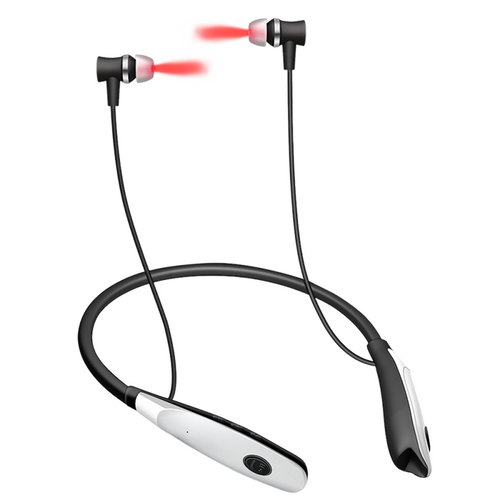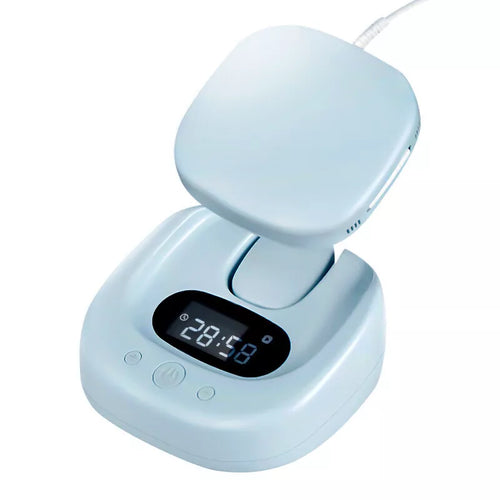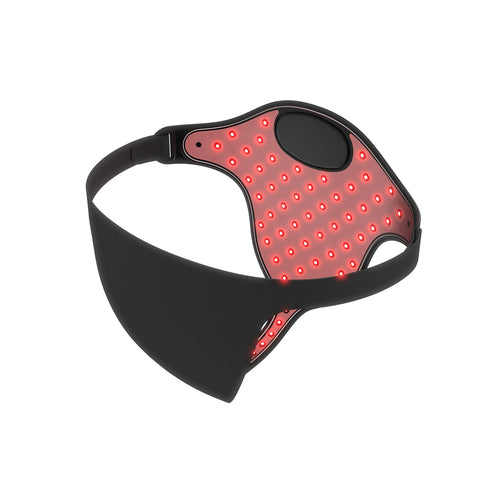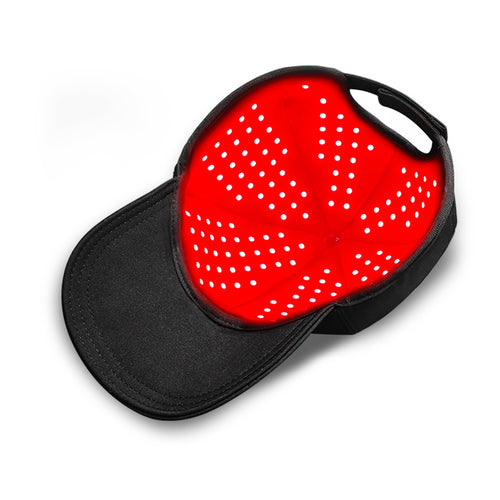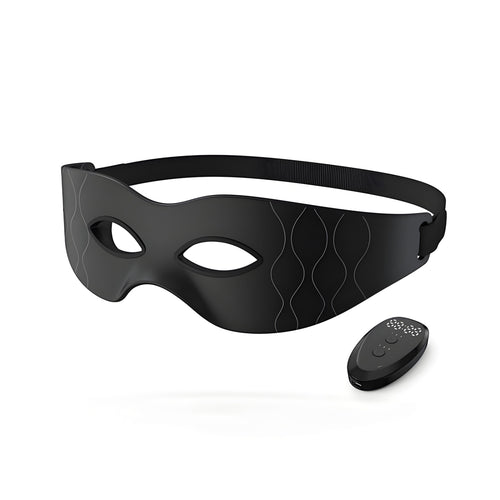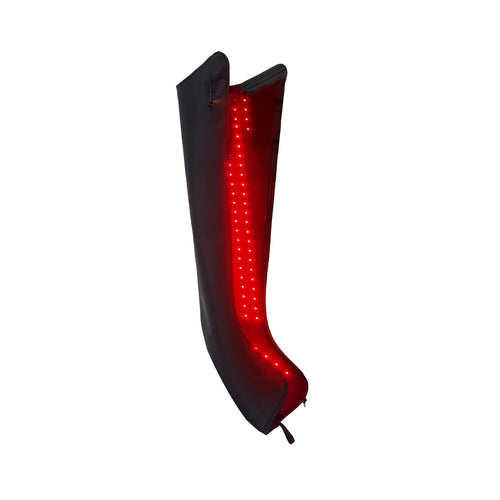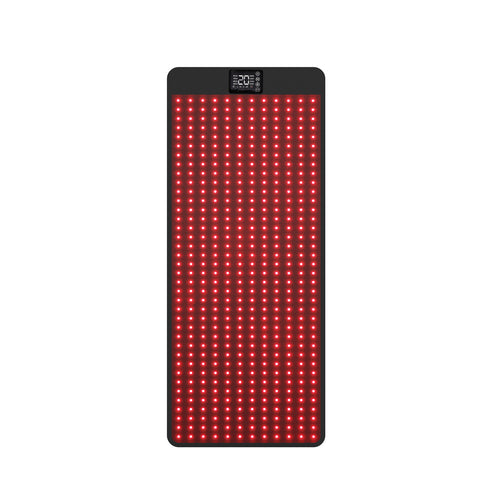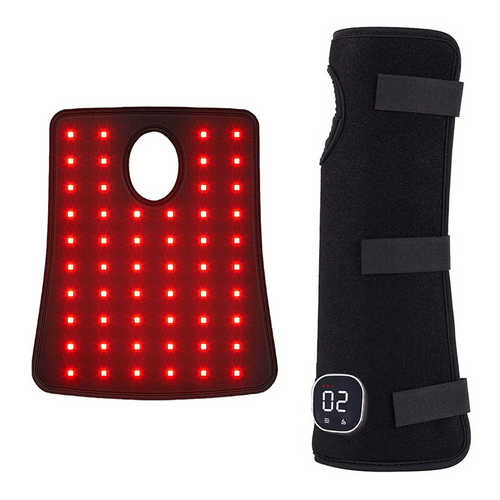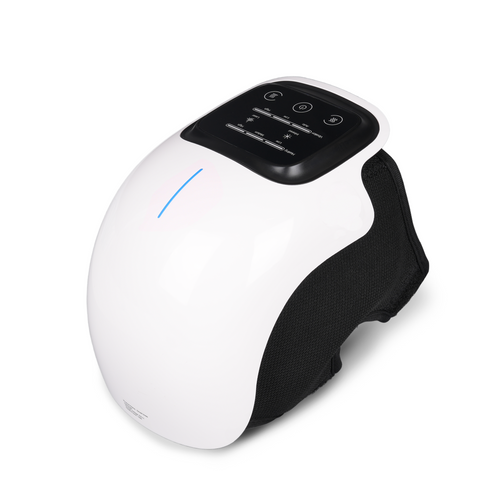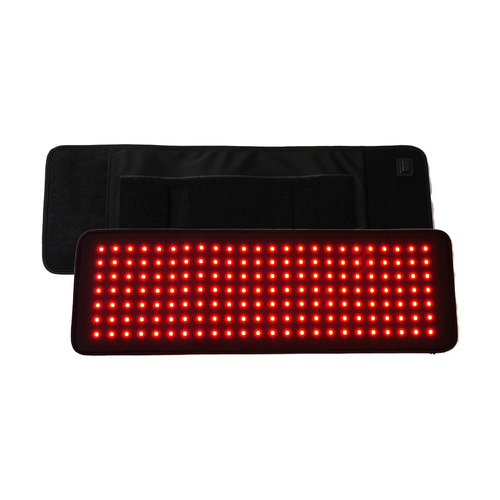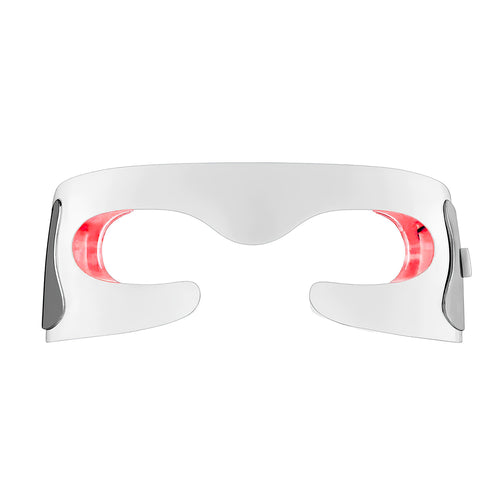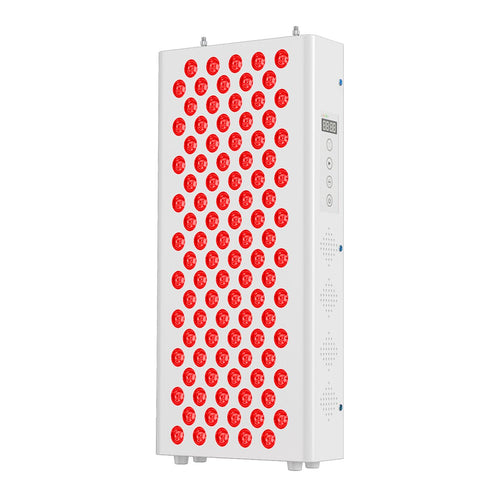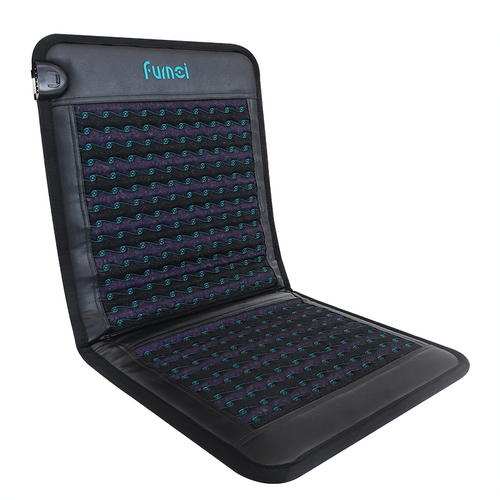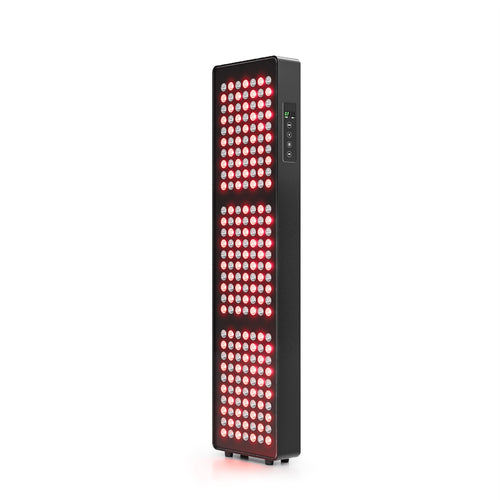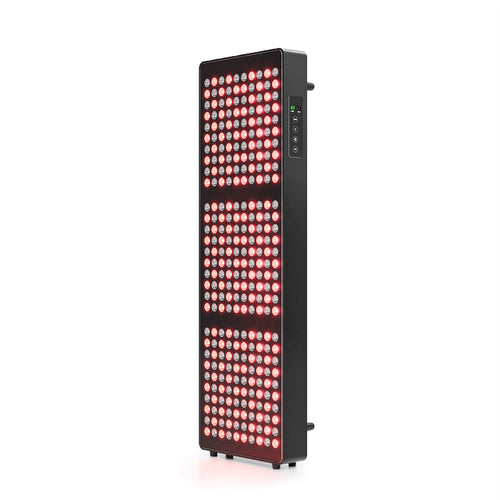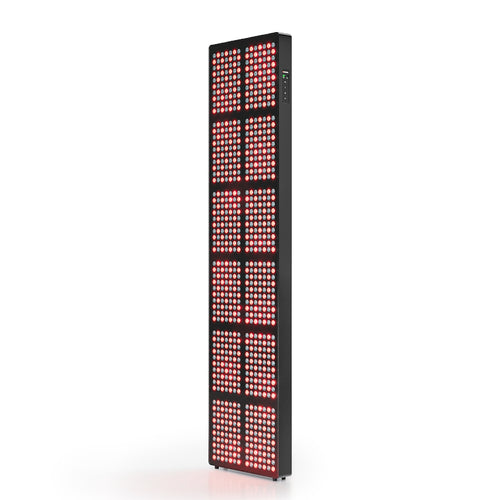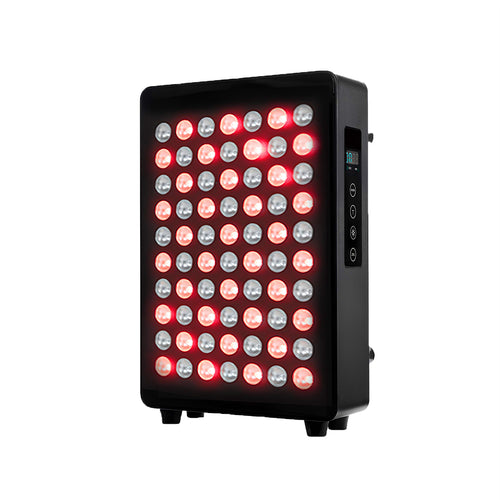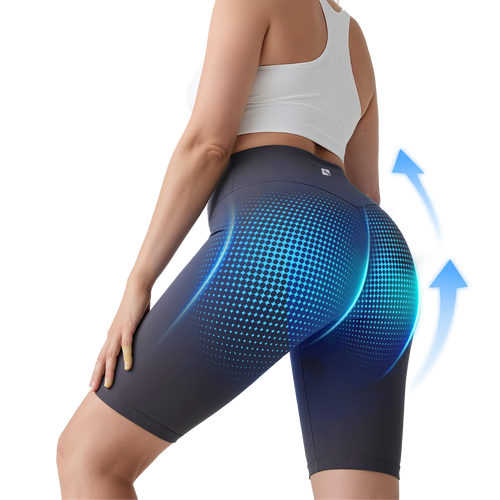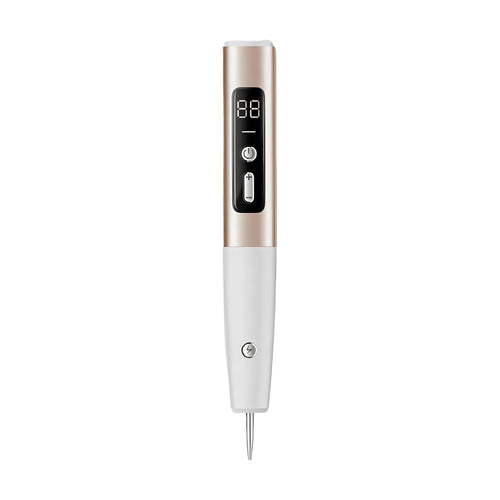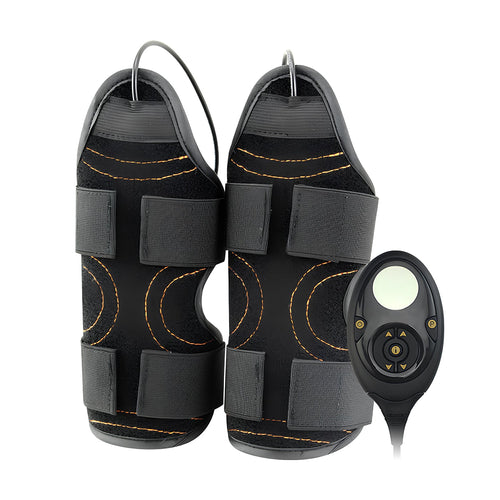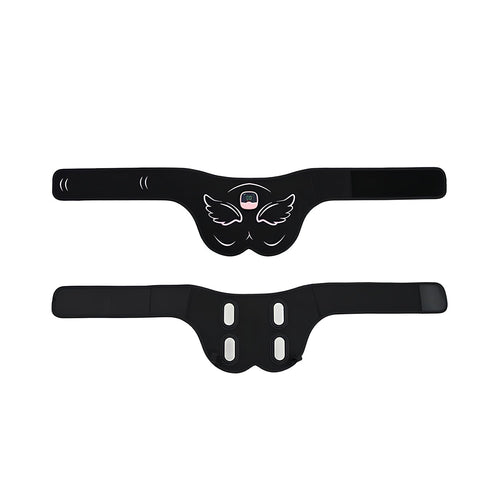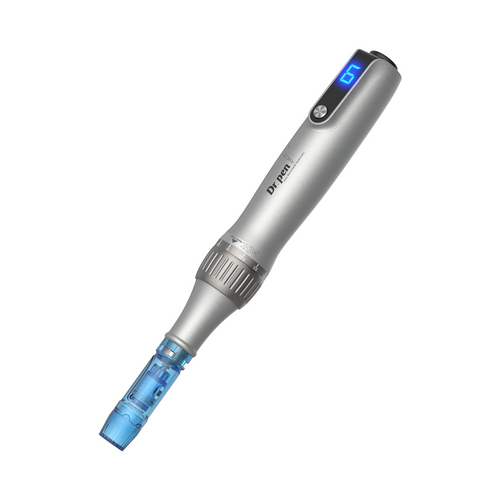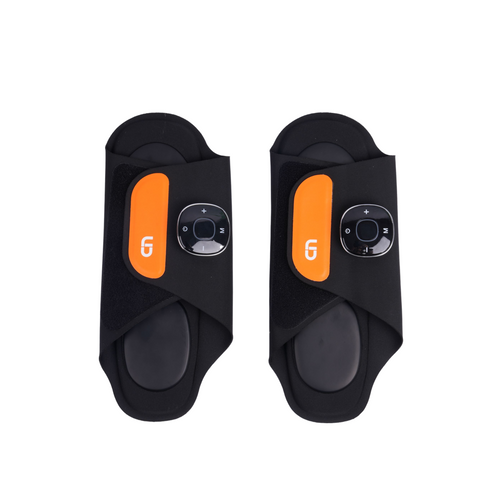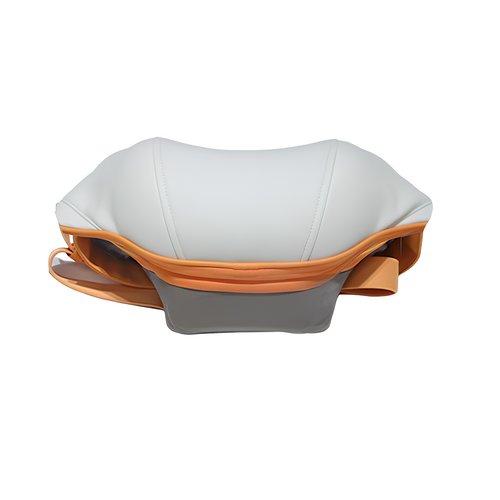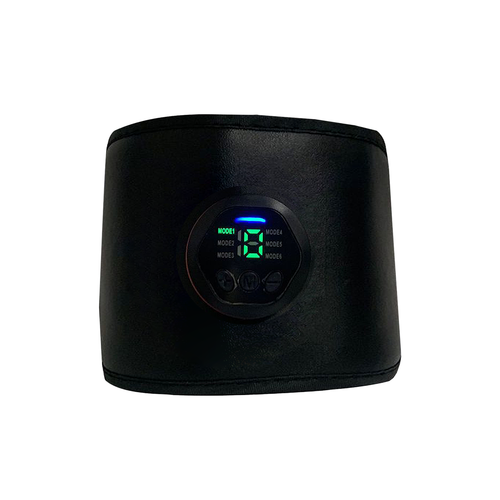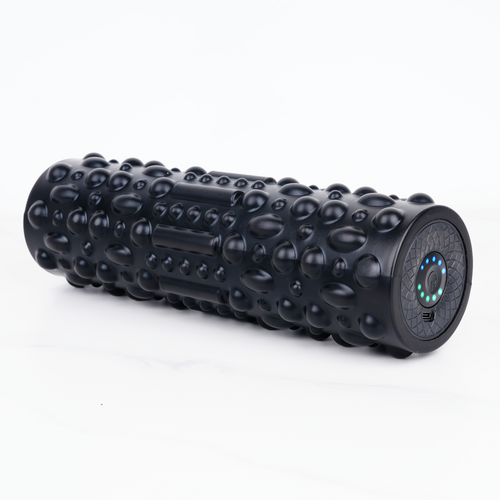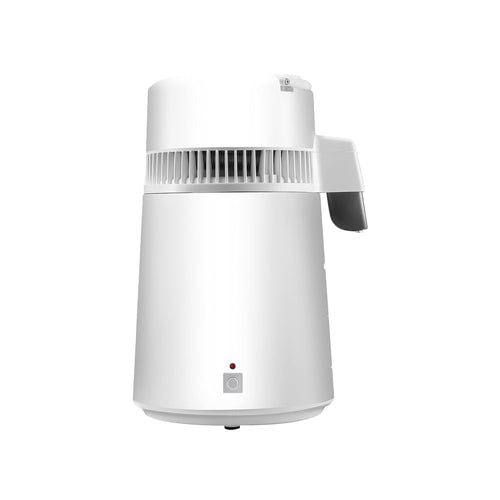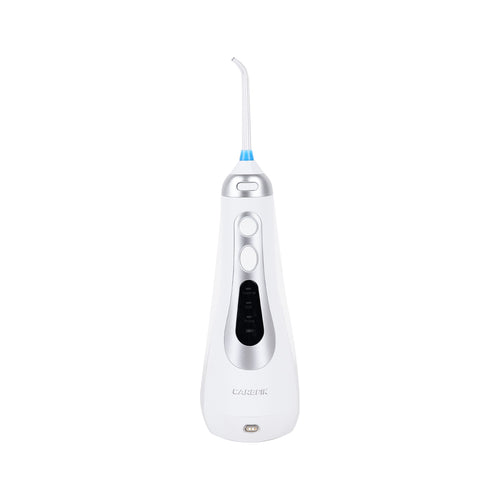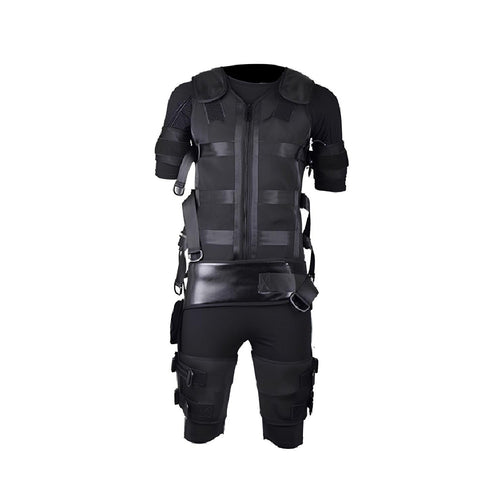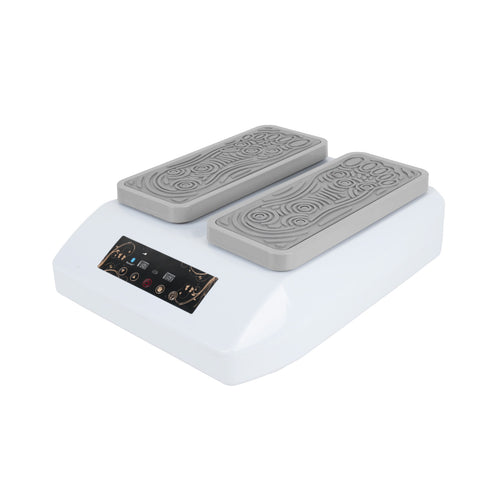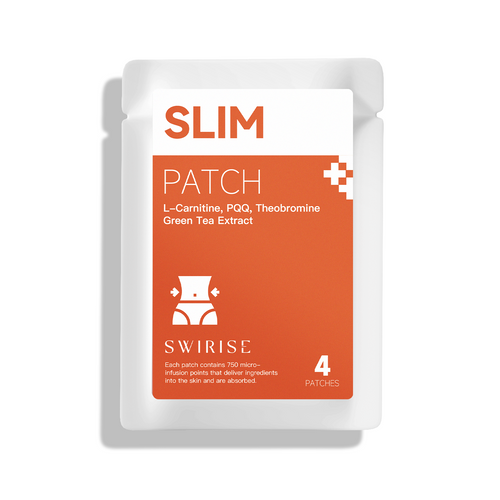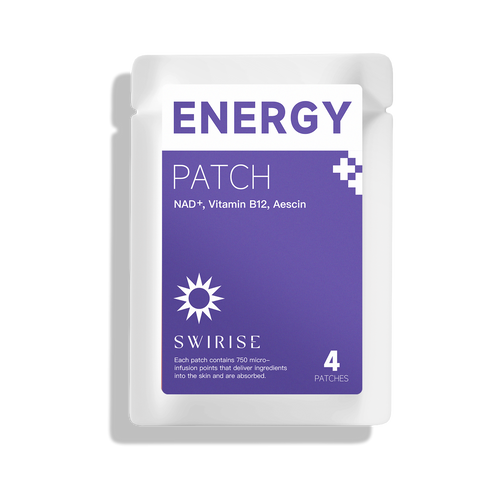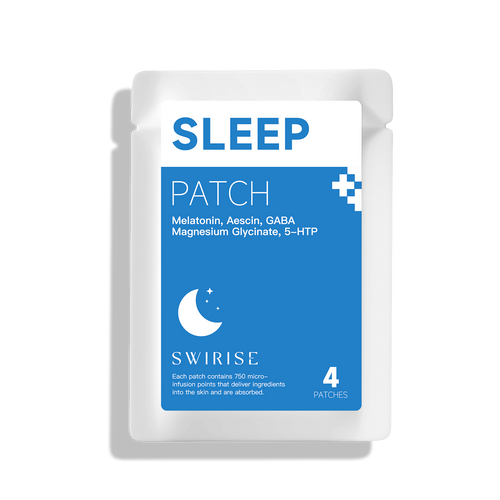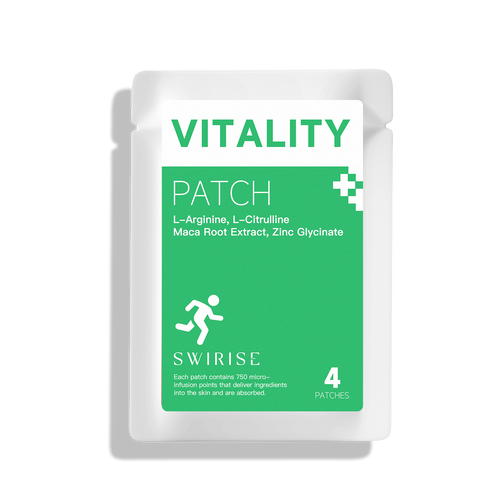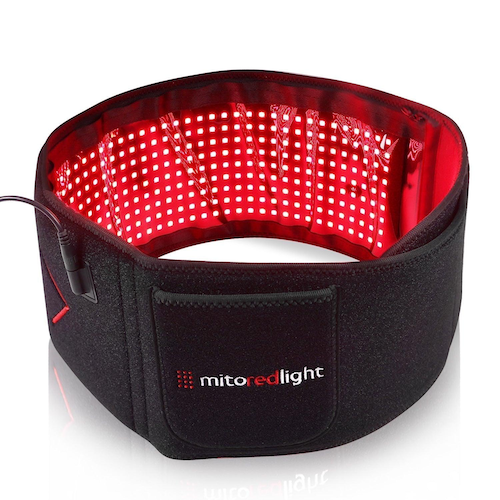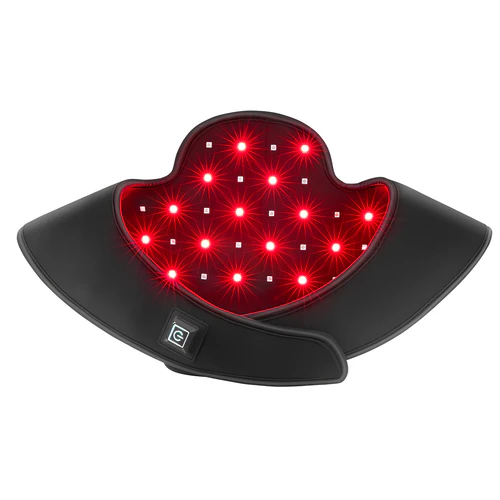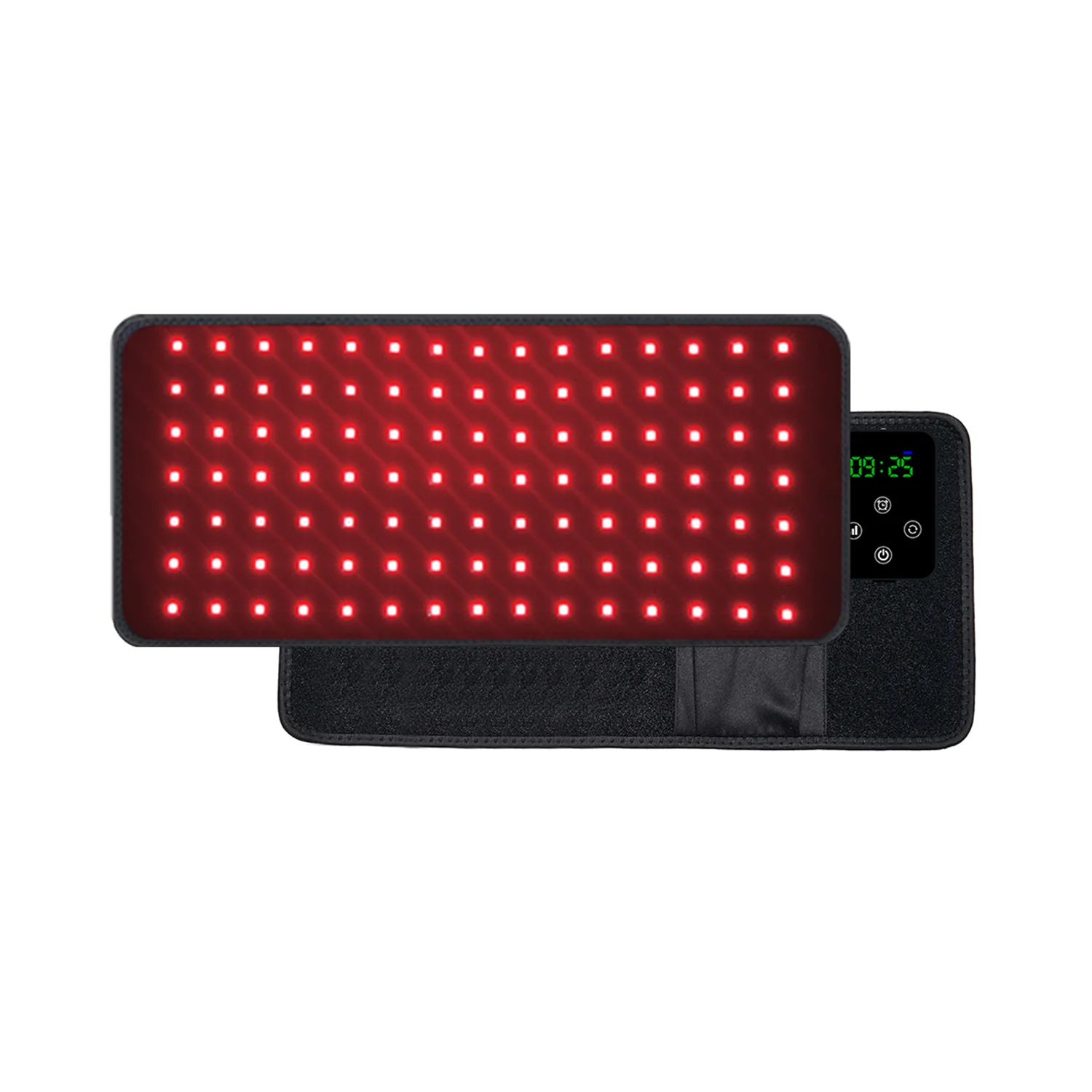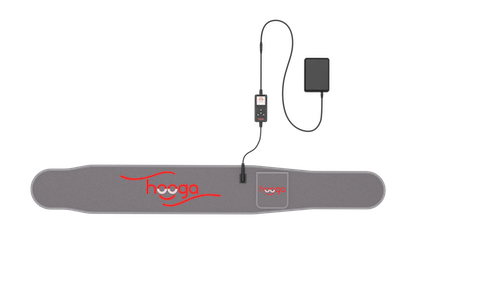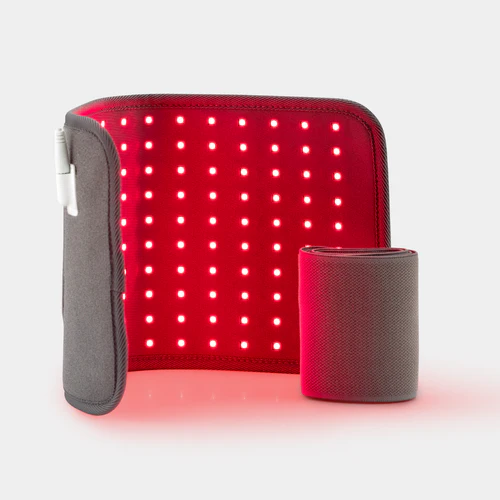![2025 Best Red Light Therapy Belts [Reviewed & Ranked]](http://swirise.com/cdn/shop/articles/2_688280ba-41d4-404d-acf5-3829be48ca83.jpg?v=1761297491&width=3000)
2025 Best Red Light Therapy Belts [Reviewed & Ranked]
JustinLinBest picks
- Best overall: MitoQUAD™ Wavelength Belt — medical-grade features, quad-wavelength coverage, best for deep tissue & clinical results.
- Best for neck & shoulders / portable relief: Swirise Red Light Therapy Belt for Neck & Shoulder — targeted shape and portable design for neck/shoulder tension.
- Best rechargeable / versatile: Swirise Rechargeable Red Light Therapy Belt — flexible full-body use with adjustable settings.
- Best combo of power & portability: Hooga Red Light Therapy Belt — very high irradiance and large LED density, long battery life.
- Best pad alternative / high irradiance: NOVAA Light Pad — compact pad with very high surface irradiance for targeted therapy.
What is red light therapy?
Red light therapy (also called photobiomodulation) uses non-ionizing red (around 630–660 nm) and near-infrared (around 800–850+ nm) light to stimulate cellular activity. These wavelengths are absorbed by cellular components (notably mitochondria), increasing ATP production, modulating inflammation, and supporting tissue repair. Because red and near-infrared light penetrate skin and soft tissue to different depths, combined wavelengths are often used to treat both superficial skin concerns and deeper muscular or joint issues.
Benefits of red light therapy
Using the best red light therapy belts can provide a range of benefits, depending on wavelength, irradiance, and treatment protocol:
- Pain relief & reduced inflammation: NIR wavelengths penetrate deeper to reduce inflammation and ease aches related to muscles, joints, and arthritis.
- Faster muscle recovery: Improves local circulation and cellular energy production, helping muscles recover after workouts or injury.
- Improved skin health: Red wavelengths (630–660 nm) stimulate collagen production and can reduce fine lines and improve texture.
- Enhanced wound healing & tissue repair: Light stimulates cellular repair mechanisms and can accelerate healing.
- Improved circulation & warmth (with heat feature): Some belts combine heat for vasodilation and added comfort.
- Hands-free convenience & multi-area use: Belts/pads allow multitasking during treatment (work, rest, travel).
- Potential mood/energy benefits: Anecdotal and preliminary data suggest photobiomodulation may support mood and energy through mitochondrial support.
How we evaluated
We focused on parameters that matter for effectiveness: wavelengths, LED/chip count and layout, reported irradiance (when available), battery/portability, heat features, fit/strap design, and use-case suitability (neck, shoulders, back, athletic recovery, pets). Where manufacturers reported irradiance or other quantifiable specs, those figures are noted in the product reviews below.
How to choose the best red light therapy belt
When shopping for the best red light therapy belts, pay attention to:
- Wavelengths:~630–660 nm (red) for skin-level benefits (collagen, wrinkles).~810–850 nm (near-infrared) for deeper tissue penetration and inflammation/pain relief.
- LED density & chip tech: More LEDs and multi-chip diodes (tri/tri-chip/quad) improve coverage and reduce “dead zones.
- Irradiance (mW/cm²) & fluence (J/cm²): Higher irradiance delivers effective doses faster — look for manufacturers who publish irradiance at surface distance.
- Power source & run time: Rechargeable battery vs. plug-in. Good on-battery run time (60–150+ minutes) increases portability.
- Heat function: Combines circulation benefits with photobiomodulation — useful but check max temperature/safety.
- Fit & straps: Extension straps/flexible design allow full-body use (waist, back, legs, shoulders).
- Certifications, warranty & trial: CE/RoHS, medical device claims, warranty length, and trial periods matter.
- Use case: Targeted neck pain vs. large area back or athletic recovery — choose shape and size accordingly
- Safety: Avoid direct eye exposure; consult a clinician if pregnant or having photosensitive conditions.
1. MitoQUAD™ Wavelength Belt
Why we like it:
MitoQUAD™ is designed for near-clinical performance with multi-wavelength coverage and high chip density. It targets both surface skin benefits and deep tissue repair, making it the most versatile choice for persistent pain and recovery needs.
Best for:
Users seeking near-clinical performance for persistent pain, deep tissue recovery, or those who want medical-grade hardware.
Pros:
- Multi-wavelength coverage for skin + deep tissue (including 810 nm).
- High chip count reduces dead zones.
- Multiple intensity settings; plug-in or power bank use.
- Designed with clinical use in mind.
Specs:
- Wavelengths: 630 nm, 660 nm (Red) & 810 nm, 850 nm (Near-Infrared)
- LEDs / Chips: 405 diodes × Tri/Quad-chip design = 1,215 LED chips total
- Irradiance: Reported ~18 mW/cm²
- Power: Plug-in
- Dimensions / Treatment area: ~50" × 7" belt format
- Other: 5 intensity levels, multiple modes, 1 year warranty
2. Swirise Red Light Therapy Belt — Neck & Shoulder (targeted)
Why we like it:
Purpose-built shape and size for neck and shoulder use. It’s lightweight, ergonomically contoured, and combines red + NIR with heat for focused relief on tension-prone areas.
Best for:
Office workers, people with tech-neck/postural shoulder tension, and those who want a dedicated neck solution.
Pros:
- Ergonomic for neck/shoulder fit.
- Heat + red/NIR combo for circulation and pain relief.
- Pet-friendly usage noted.
Specs:
- Wavelengths: 660 nm (Red) & 850 nm (NIR)
- LEDs: 50 LEDs
- Dimension: 17.7" × 18.9" (neck/shoulder targeted panel)
- Features: Built-in heating, two connection methods for portability, pet-friendly note in specs
- Power: Rechargeable/portable options
3. Swirise Rechargeable Red Light Therapy Belt
Why we like it:
More versatile than the neck model — 3-in-1 LED arrangement and extension strap allow full-body placement. Adjustable intensity and pulse modes let you tune sessions to skin vs. deep therapy.
Best for:
Users wanting a flexible, rechargeable belt for general pain relief and recovery.
Pros:
- Flexible for multiple body parts (waist, back, legs).
- Adjustable settings for skin vs. deep therapy.
- Rechargeable and portable.
Specs:
- Wavelengths: 660 nm (Red) & 850 nm (NIR)
- LEDs / Chip design: 105 LEDs (3-in-1 chips)
- Features: Extension strap for full-body use, adjustable intensity & pulse modes, rechargeable battery, portable design
4. Hooga Red Light Therapy Belt
Why we like it:
Hooga provides a strong balance of irradiance and portability. With tri-chip LEDs and a substantial battery, it’s engineered for shorter, effective sessions while on the move.
Best for:
Athletes, busy users who want short effective sessions, and people who value measurable irradiance figures.
Pros:
- Very high reported irradiance — effective sessions in shorter time.
- Large LED coverage (405 tri-chip).
- Long battery runtime; multiple brightness/pulse modes.
- Good build/materials and included accessories.
Specs:
- Wavelengths: 660 nm (Red) & 850 nm (NIR)
- LEDs / Chips: 405 tri-chip LEDs
- Irradiance: Manufacturer reports >70 mW/cm² at surface
- Battery: 15,000 mAh rechargeable battery — ~150 minutes runtime on a full charge
- Timing / Modes: 1–20 minute timer, adjustable brightness, pulse mode, multi-mode
- Dimensions: ~51.18" × 7.09" × 0.16"
5. NOVAA Light Pad
Why we like it:
The NOVAA Light Pad is a thin, high-irradiance pad ideal for focused spot treatment where short, potent doses are desired. If you need a compact device with strong surface output, pads like NOVAA are extremely effective when used at close contact.
Best for:
Users who want a compact, high-power pad for focused areas and fast sessions.
Pros:
- Extremely high surface irradiance at close distances.
- Compact and easy to position; medical claims for temporary pain relief.
- Lightweight and straightforward to use.
Specs:
- Wavelengths: 660 nm (Red) & 850 nm (NIR)
- LEDs / Chips: 450 light chips (300 × 850 nm infrared + 150 × 660 nm red)
- Irradiance: Reported 150 mW/cm²
- Size: 16.3" × 7.9"
- Certifications: CE, RoHS
How to use a red light therapy belt
- Session length: Typical sessions range 5–20 minutes per area. Higher irradiance → shorter sessions.
- Frequency: Start with 3–5× per week for 4–6 weeks for pain/inflammation; then maintain with 2–3× weekly.
- Distance & contact: Belts often work best in close contact. Pads with high irradiance require closer proximity (0–1 cm) to achieve published outputs.
- Safety: Never stare into LEDs; use eye protection if recommended. Consult your clinician if you’re pregnant, taking photosensitizing medications, or have active cancer.
- Heat: If the device includes heating, use at a comfortable temperature and follow manufacturer guidelines.
Conclusion
- MitoQUAD™ — go here if you want medical-grade multi-wavelength coverage and the highest chip density for deep tissue recovery.
- Hooga — best when you want high irradiance + long battery life for short, effective sessions on the go.
- Swirise Rechargeable — ideal if you need a versatile, rechargeable belt that adapts to neck, back, and limbs.
- Swirise Neck & Shoulder — pick this for targeted neck/shoulder relief and ergonomic fit with added heat for circulation.
- NOVAA Light Pad — choose the pad if you prefer a compact, very high surface-output option for focused spot treatments.
